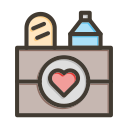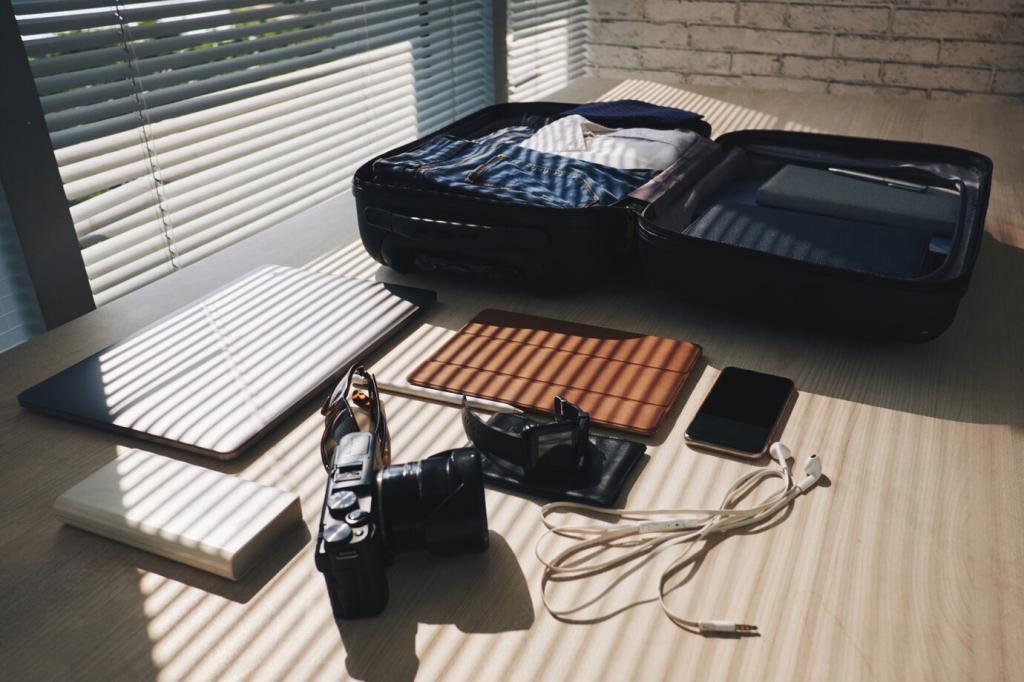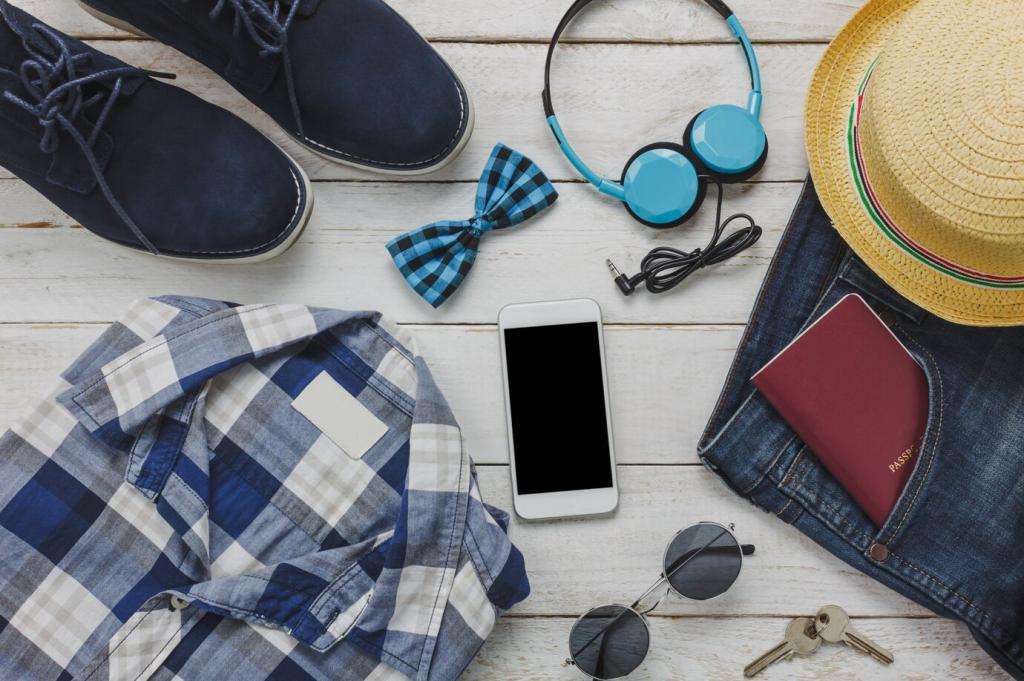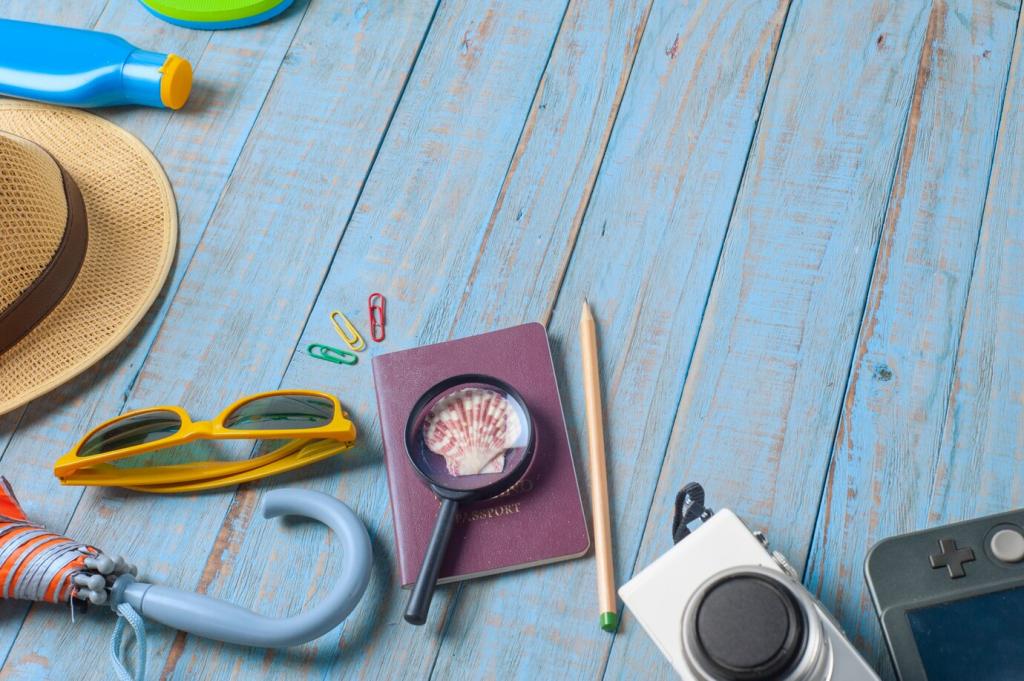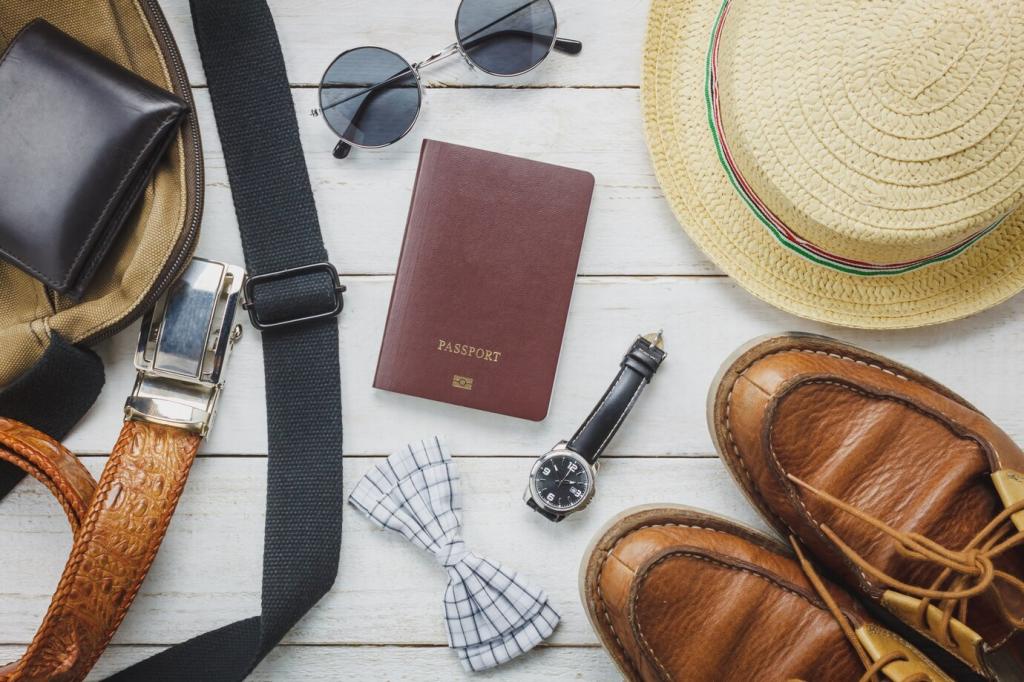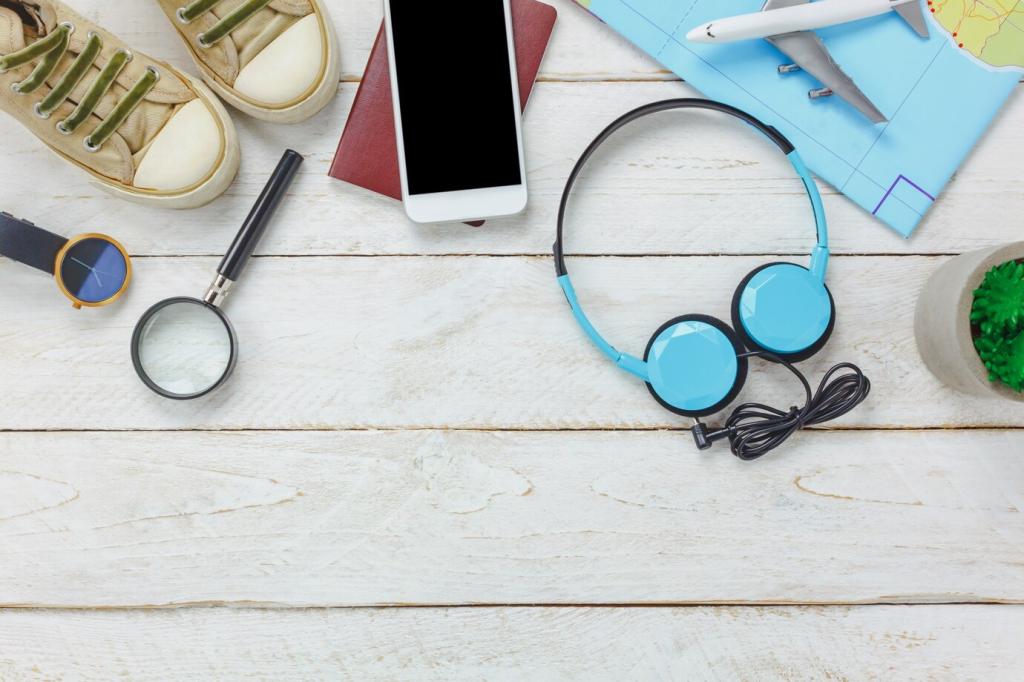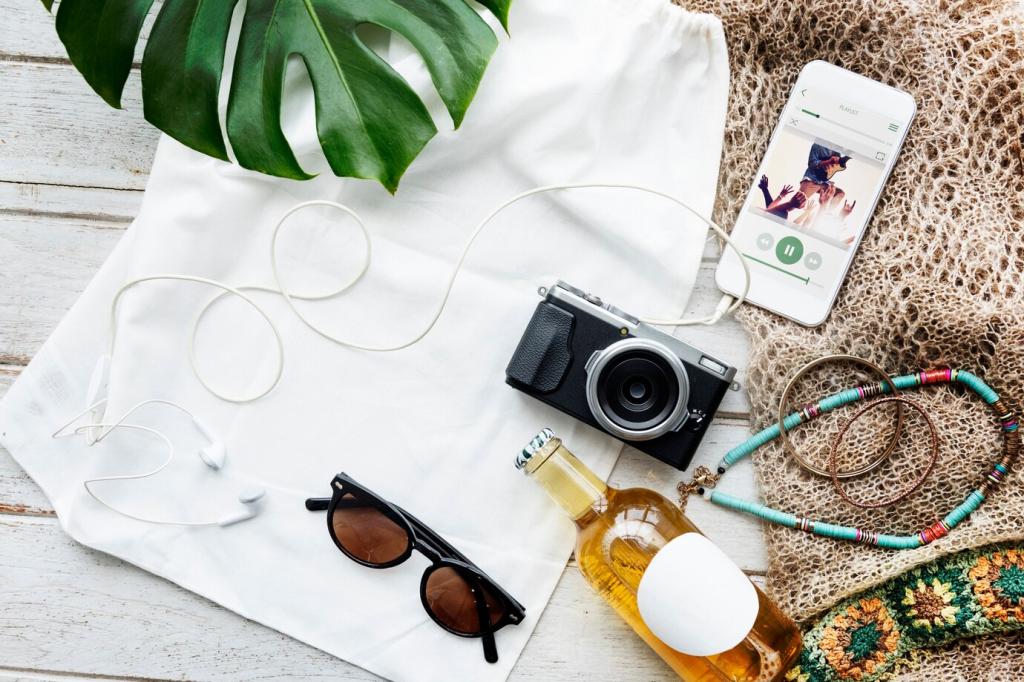Be Weather‑Ready, All Year
Include thermal blankets, wool hats, insulated gloves, and hand warmers for every seat. Add an ice scraper, snow brush, compact shovel, and traction aids like sand, kitty litter, or folding traction boards. A candle stove in a metal tin can offer emergency heat in a pinch—used carefully with ventilation. Share your snow‑day must‑haves for safer winter trips.
Be Weather‑Ready, All Year
For hot days, stow extra water, electrolyte powder, broad‑spectrum sunscreen, lip balm, sun hats, and UV sunglasses. Collapsible sun shades reduce cabin temperatures, while cooling towels help kids re‑center faster. Consider a reflective emergency blanket for creating instant shade. Tell us how you keep everyone comfortable during scorching summer detours.
